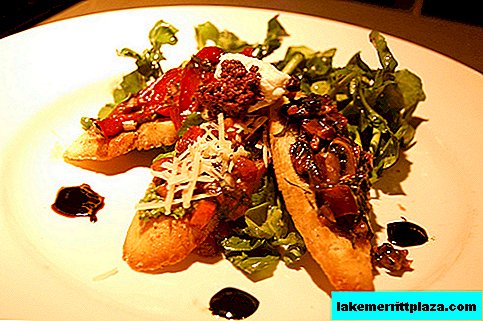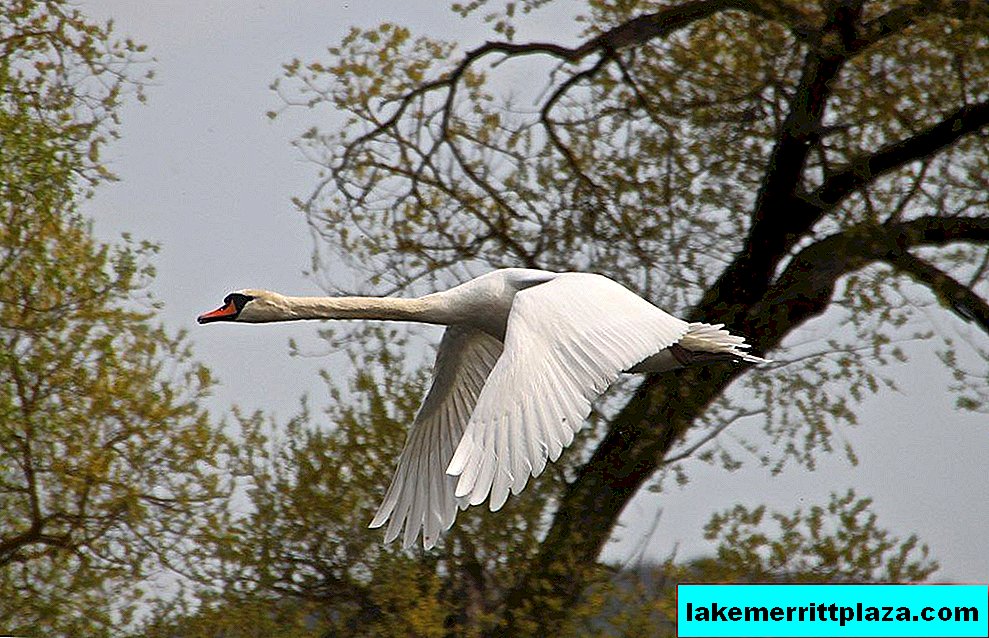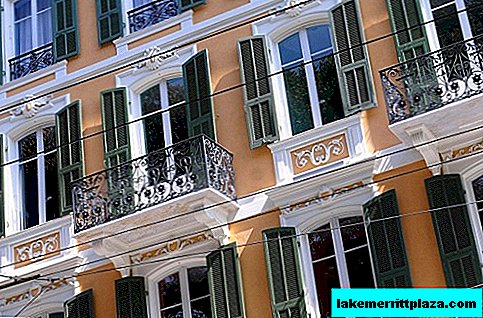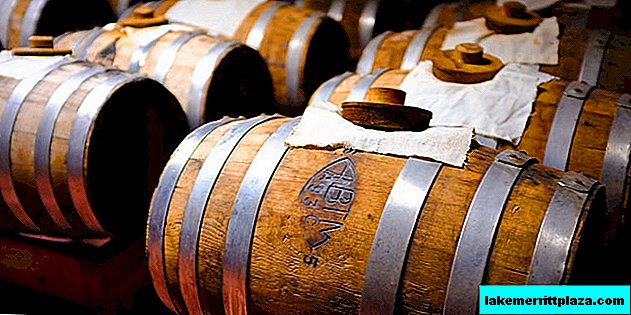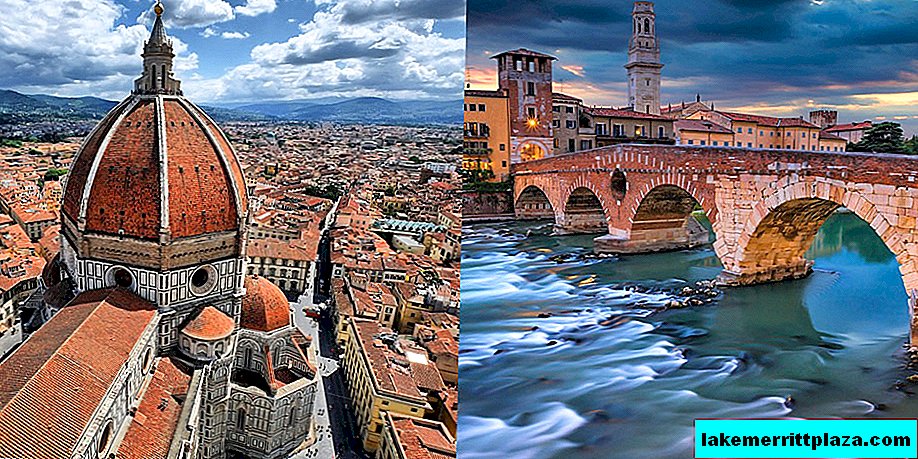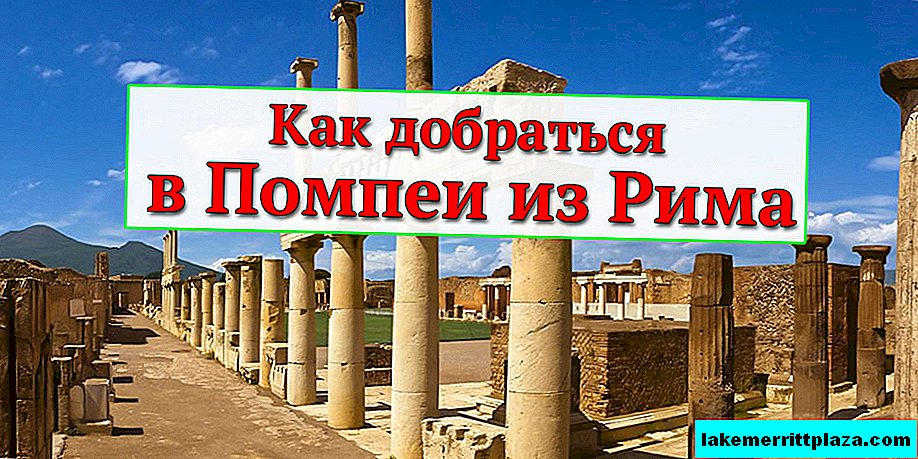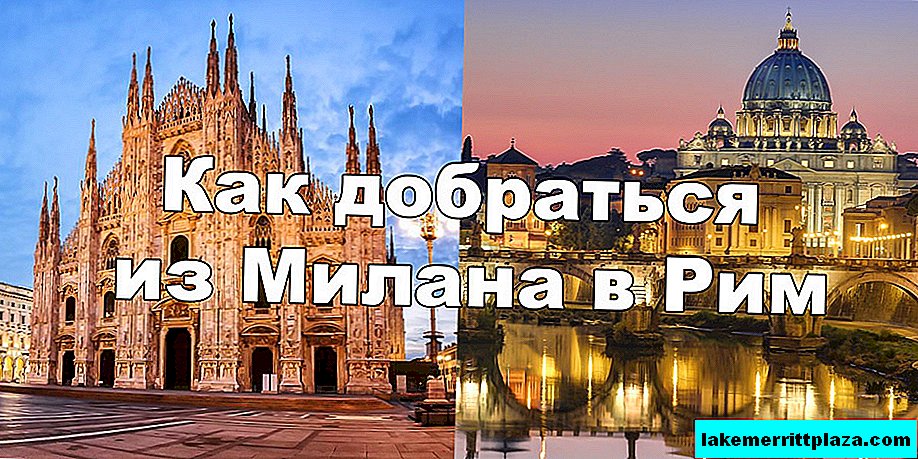In the Renaissance and subsequent periods, magnificent Florence (Firenze) gave the world a galaxy of talented sculptors, whose creations had a powerful influence on the further development of European culture. Fantastic pieces of plastic made in marble and bronze do not cease to delight and inspire for several centuries.
In form and content, they remain the benchmark for the embodiment of the brightest humanistic ideas. Arriving in the capital of Tuscany, you should definitely see firsthand 10 masterpieces of sculpture and feel your involvement in the art world.
David, Michelangelo

- Where is: Academy Gallery
The 5-meter marble statue of David, executed by 26-year-old Michelangelo Buonarroti (Michelangelo di Buonarroti), is among the world leaders in the number of copies and all kinds of interpretations. The young sculptor began work in 1501, he worked more than 2 years alone, without resorting to the help of apprentices. When the giant statue was put on public display, the Florentine public was amazed at what they saw and recognized it as perfect.
Contrary to the biblical image, Michelangelo portrayed the hero not as a fragile shepherd youth, but as a courageous, decisive, wise-experienced warrior, with a gaze fixed on the distance, exuding confidence and calmness. It is noteworthy that despite the seemingly ideal figure, the researchers note a distortion of proportions in the upper part of David's body.
An impressive statue stood at the walls of the Palazzo Vecchio for more than 300 years, and in 1873 was transferred to the Florentine Academy of Fine Arts (Accademia di belle arti di Firenze) - one of the oldest and largest art museums in Europe. Two accurate, full-sized replicas can also be seen in the Squares of Senoria (Piazza della Signoria) and Michelangelo (Piazzale Michelangelo).
- You can find out more interesting facts about David and other masterpieces during our author's excursion to the Academy Gallery.
Slaves, Michelangelo

- Where is: Academy Gallery
A cycle of 6 incredibly expressive sculptures "Slaves" was originally conceived for one of the design projects for the tomb of Pope Julius II in Rome. For 40 years, Michelangelo developed several options for decorating the tomb, and as a result, the figures of the prisoners he created did not become a decoration of the sarcophagus.
As a result, 2 completed statues were donated to the representative of the Florentine nobility, Roberto Strozzi, (now in the Louvre), and the remaining 4 unfinished works remained in the sculptor's workshop. Later they fell into the collection of Duke Casimo I, decorated one of the grottoes of the Boboli Gardens (Giardino di Boboli), and in 1909 became part of the Academy of Fine Arts. They can now be seen there, having arrived in the capital of Tuscany.
Marble sculptures contain incredible expression and deep meaning. They want to be considered forever, trying to understand the allegory of the great Michelangelo. The figures are full of dynamism, and it seems as if the master managed to breathe life into a cold stone.
Perseus, Benvenuto Cellini

- Where is: Loggia Lanzi (Loggia dei Lanzi), Piazza della Signoria
The mystical bronze statue "Perseus" is considered the best and most striking creation of Benvenuto Cellini, a renowned student of Michelangelo, a famous Italian jeweler and sculptor. The master created it by order of his patron, the Duke of Tuscan Cosimo I of Medici. Painstaking work lasted a long 9 years.
Hero Cellini is an ancient youth Perseus who defeated Medusa Gorgona. He took a confident pose: in a highly raised muscular arm - the severed head of a sea monster, represented, according to the sculptor, in a female form. It seems that the brave legs are about to begin to dance over the lifeless body of the Gorgon.
The relief with the scene of the liberation of Andromeda on a high pedestal enhances the overall design of the composition. Cellini's sculpture, filled with allegorical meaning, personified the unconditional dominance of the Medici dynasty in Florence. It adorns the Loggia Lanzi in Senoria Square and is one of the few works not replaced by a copy.
The Abduction of the Sabines, Jambolon

- Where is: Loggia Lanzi, Piazza della Signoria
The 4-meter statue "The Abduction of the Sabines", masterfully executed by a Florentine master Giambologna from a single piece of marble, is recognized as one of the best works in the history of plastic art. This masterpiece harmoniously combines the classic nudes inherent in Greek sculpture, and the high-mindedness and dynamism characteristic of mannerism. Giambolonia, a member of the prestigious Academy of Arts in Florence, began work on the statue in 1579.
The plot was based on the legend of the beginning of the Sabine war. The conflict started as a result of the atrocities committed by the soldiers of Romulus during the celebration in honor of the god Kons at the Great Circus (Circo Massimo). The Romans attacked the unarmed and unsuspecting Sabines and kidnapped the girls, persuading them subsequently to marry.
The polysyllabic composition, designed for circular inspection, consists of three human figures, skillfully intertwined in a single spiral. Heroes are overcome by a storm of conflicting emotions: passion, lust, fear and despair. The incredibly sensual creation of Jambolon can be seen in the Loggia of Lanzi, on the very spot where it was installed back in 1583 by order of Francesco I de Medici.
David, Donatello

- Where to look: Bargello Museum of National Sculpture
The bronze statue "David", executed by the genius Donatello (Donatello), is considered one of the best interpretations of the image of the Old Testament Jewish king. The hero of the Florentine master is represented by a refined, handsome young man, standing in a relaxed and self-confident pose.
At the feet of a young warrior is the severed head of the Philistine Goliath. The sculpture dates back to 30 - 40 years of the XV century, and refers to the first image of a naked man in plastic since antiquity. In the formulation of a static figure and the bends of the body, echoes of the Gothic are still audible, however, David Donatello became a harbinger of the beginning of a completely new humanistic art.
A wonderful 1.5-meter statue was commissioned by the influential Cosimo Medici. In 1495, it adorned the courtyard of the Palazzo Vecchio, almost 300 years later it was moved to the Uffizi Gallery (Galleria degli Uffizi), and now it is part of the treasury of the National Museum of Bargello (Museo Nazionale del Bargello), located at: Via del Proconsolo 4. Opening hours: daily from 8:15 to 13:50 Tuesday - Saturday, as well as every 1st, 3rd and 5th Monday of the month.
- We recommend reading about: the biography of Donatello
Mercury, Jambolon

- Where to look: Museum of the National Bargello Sculpture (Museo Nazionale del Bargello)
Incredibly refined, elegant and full of movement, the bronze statue "Mercury", by Jambolon, is considered an example of Italian mannerism and a true masterpiece of plastic art.
The sculptor created a dynamic image of the god of ancient Roman mythology, the patron saint of merchants and travelers. There is a feeling that the soaring figure of Mercury, built along the vertical axis, overcomes gravity. The rod in the hand, an indispensable attribute of the deity, gives rhythm, grace and mischief.
The statue was made at the end of the XVI century by order of Cardinal Ferdinando de Medici (Ferdinando de 'Medici) and was in his villa until 1780 in Rome. According to the will of Princess Anna Maria Luisa de Medici, the last representative of an influential Tuscan family, the work of Jambolon was transferred to Florence. Now this masterpiece is part of the priceless collection of the Bargello National Museum.
Lady with a Bouquet, Andrea del Verrocchio

- Where to look: Bargello Museum of National Sculpture
“Lady with a Bouquet” - a sculptural portrait representing fantastic tenderness and femininity, was made by a prominent representative of the Florentine school, Andrea del Verrocchio. With skill and grace, the artist conveyed the correct facial features, fancifully styled curls of hair, thin folds of fabric. The expressive hands of the heroine seemed to freeze in motion, anxiously clutching a small bunch of flowers to her chest. Critics consider the date of creation of the sculpture in 1475.
There is no reliable information about who is depicted by the master. According to legend, Andrea del Verrocchio immortalized in marble the image of Lucrezia Donati, the only muse and secret beloved of the head of the Florentine Republic, Lorenzo Medici, nicknamed the "Magnificent" (Lorenzo de Medici il Magnifico). A delightful sculptural portrait adorns the collection of the Bargello National Museum.
Gates of Paradise, Lorenzo Ghiberti

- Where to look: Duomo Museum
Made in bronze and gilded with the “Gates of Paradise” adorning the Battistero di San Giovanni on Cathedral Square (Piazza del Duomo), the famous creation of Lorenzo Ghiberti, the greatest masterpiece of plasticity of the Early Renaissance, which Florence is proud.
The creation of reliefs became for the master a matter of his whole life. In total, Ghiberti worked on the design of the first northern, and then the eastern gate of the Baptistery for as long as 48 years. The order for the first part of the work was received thanks to the victory in the competition organized by the Guild Arte di Calimala. The jury consisted of representatives of the Florentine nobility.
The compositional solution of the northern gate is realized in the relief image of the biblical scenes of the New Testament, as well as the evangelists and the church fathers. They are not without some Gothic features, and at the same time they are distinguished by the truthfulness, liveliness of the narrative and the inexhaustible variety of carefully worked out details.
The original work of the great master was replaced by a copy, and after a long restoration became part of the museum of the Opera del Duomo (Museo dell'Opera del Duomo). Visitors are invited to all days of the week except Sunday. Opening hours: 8:30 - 19:00 (Monday - Friday); 8:30 a.m. - 5:49 p.m. (Saturday).
The Night, Michelangelo Buonarroti

- Where to look: New Sacristy, Tombs of the Medici
The allegorical sculpture "Night", made by the unsurpassed Michelangelo, is part of a cycle of four marble statues adorning the magnificent tombstones of Lorenzo II di Piero de 'Medici and his younger brother Giuliano de' Medici.
Sarcophagi are installed in the family memorial chapel at the Basilica of San Lorenzo (Basilica di San Lorenzo). Sensual male and female figures, full of natural beauty, were sung in hundreds of sonnets composed by admired contemporaries of Michelangelo. In naked bodies of ideal proportions and forms, a deep allegorical meaning is read. Their massiveness seems to transmit the exorbitant burden of the burden of human life: lazy awakening ("Morning"), anxious wakefulness ("Day"), oppressive, unconscious concentration ("Evening").
The sculpture “Night”, presented in a captivating female image, seems to be the most plastic and expressive of the whole composition. When looking at her, an absolutely realistic feeling of contemplation is not created of a stone statue, but of a beautiful, living maiden, immersed in a deep, heavy dream. Michelangelo himself dedicated a small quatrain to his creation, translated into Russian by F.I. Tyutchev in 1855:
Be quiet, please don’t dare to wake me up.
Oh, in this age of crime and shame
Not to live, not to feel is an enviable destiny ...
It is gratifying to sleep, a gratifying stone to be.
Torso Gaddy, unknown author

- Where to see: Uffizi Gallery
The unique collection of the Uffizi Gallery includes a world-famous fragment of an antique marble statue depicting the upper part of the centaur's naked body.
The work is also traditionally called the "Torso Gaddy" in honor of the family that once possessed this masterpiece of plastic. A striking example of Hellenistic art, dating back to about the II century BC. e., striking realistic forms. Unbelievable power, strength and energy are felt in the bend of the body and muscle tension. The works of ancient sculptors had a significant impact on the young Michelangelo, who represented his heroes in the form of athletically built, muscular men.
I hope my article inspired you to travel to Florence. We are waiting for you on our original tours with the best guides in Italy.

